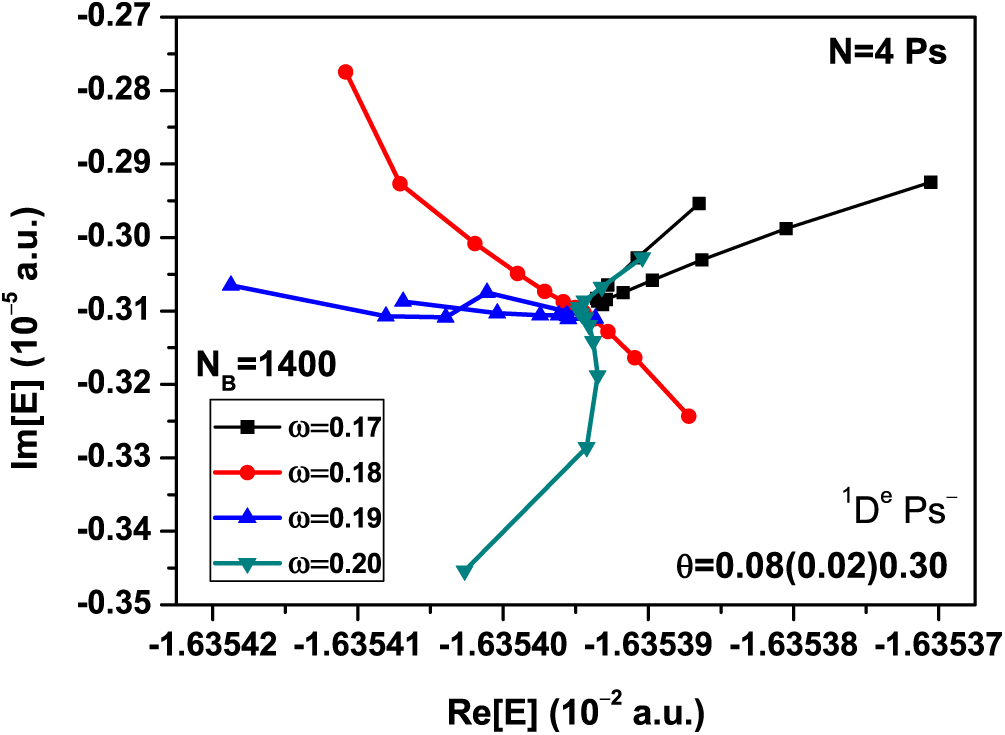EPJ D Highlight - Doubly-excited electrons reach new energy states
- Details
- Published on 13 November 2018

New energy states reached by electrons entering resonance in three-particle systems may open the door to using similar calculations in atomic and nuclear physics
Positrons are short-lived subatomic particle with the same mass as electrons and a positive charge. They are used in medicine, e.g. in positron emission tomography (PET), a diagnostic imaging method for metabolic disorders. Positrons also exist as negatively charged ions, called positronium ions (Ps-), which are essentially a three-particle system consisting of two electrons bound to a positron.
Now, commercially available lasers are capable of producing photons that carry enough energy to bring the electrons of negatively charge ions, like Ps−, to doubly-excited states, referred to as D-wave resonance. Positronium ions are, however, very difficult to observe because they are unstable and often disappear before physicists get a chance to analyse them.
Sabyasachi Kar from the Harbin Institute of Technology, China, and Yew Kam Ho from the Academia Sinica, Taipei, Taiwan, have now characterised these higher energy levels reached by electrons in resonance in these three-particle systems, which are too complex to be described using simple equations. This theoretical model, recently published in EPJ D, is intended to offer guidance for experimentalists interested in observing these resonant structures. This model of a three-particle system can be adapted to problems in atomic physics, nuclear physics, and semiconductor quantum dots, as well as antimatter physics and cosmology.
In this study, the authors first test the validity of their theoretical approach by showing that the resonance parameters for negatively charged hydrogen ions (H-) - modelled as a three-particle system made up of two electrons and one proton - are in agreement with previous studies. The authors then calculate, for the first time, new resonance states associated with the positronium ion (Ps-) in higher energy regions by modelling it as a three-particle system. In turn, they elaborate on seven modes of resonance for the electrons that have never before been reported.
S. Kar and Y. K. Ho (2018), Two-photon double-electron D-wave resonant excitation in the positronium negative ion, European Physical Journal D 72: 193, DOI: 10.1140/epjd/e2018-90250-4





